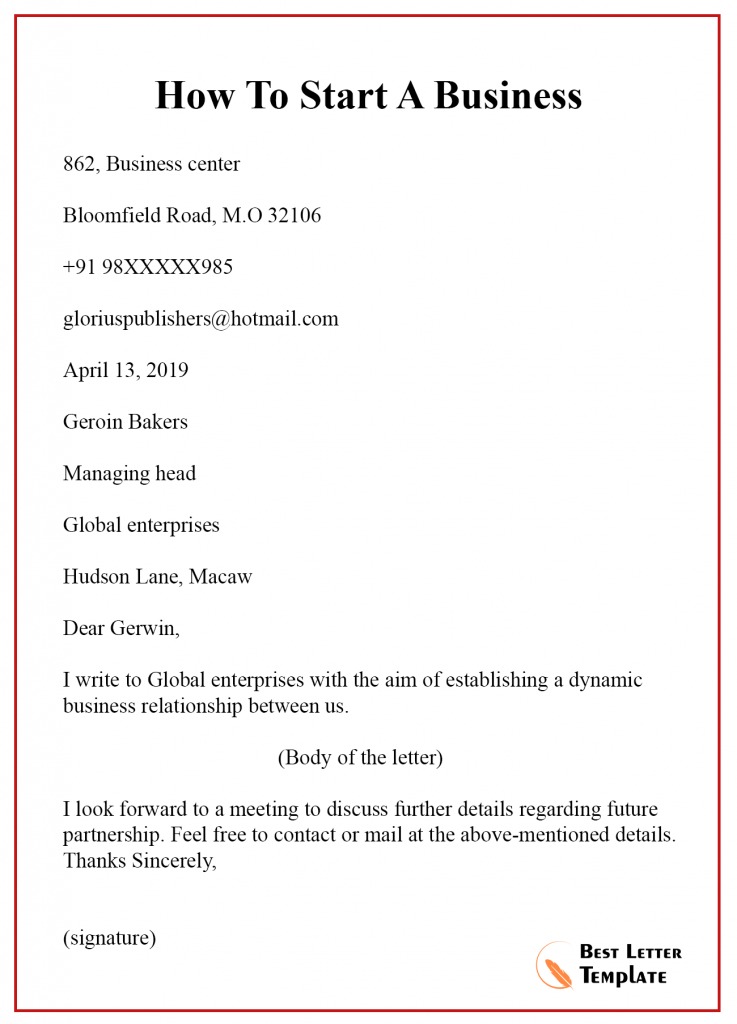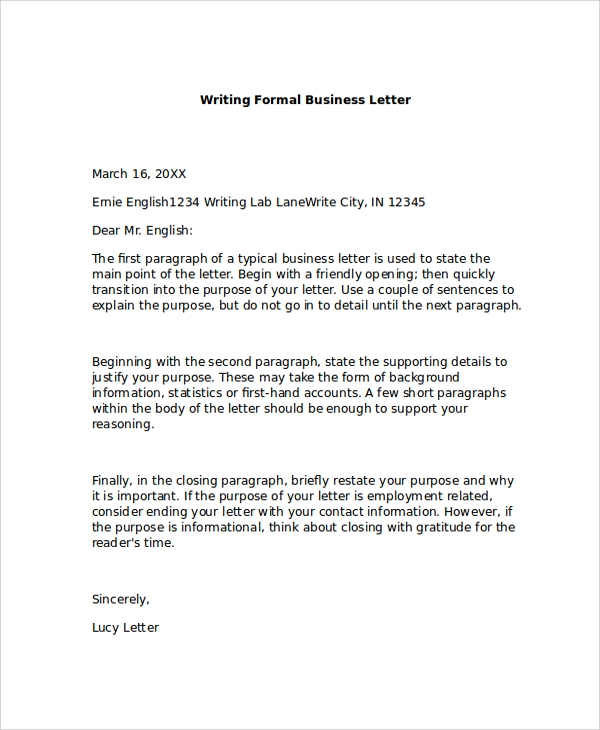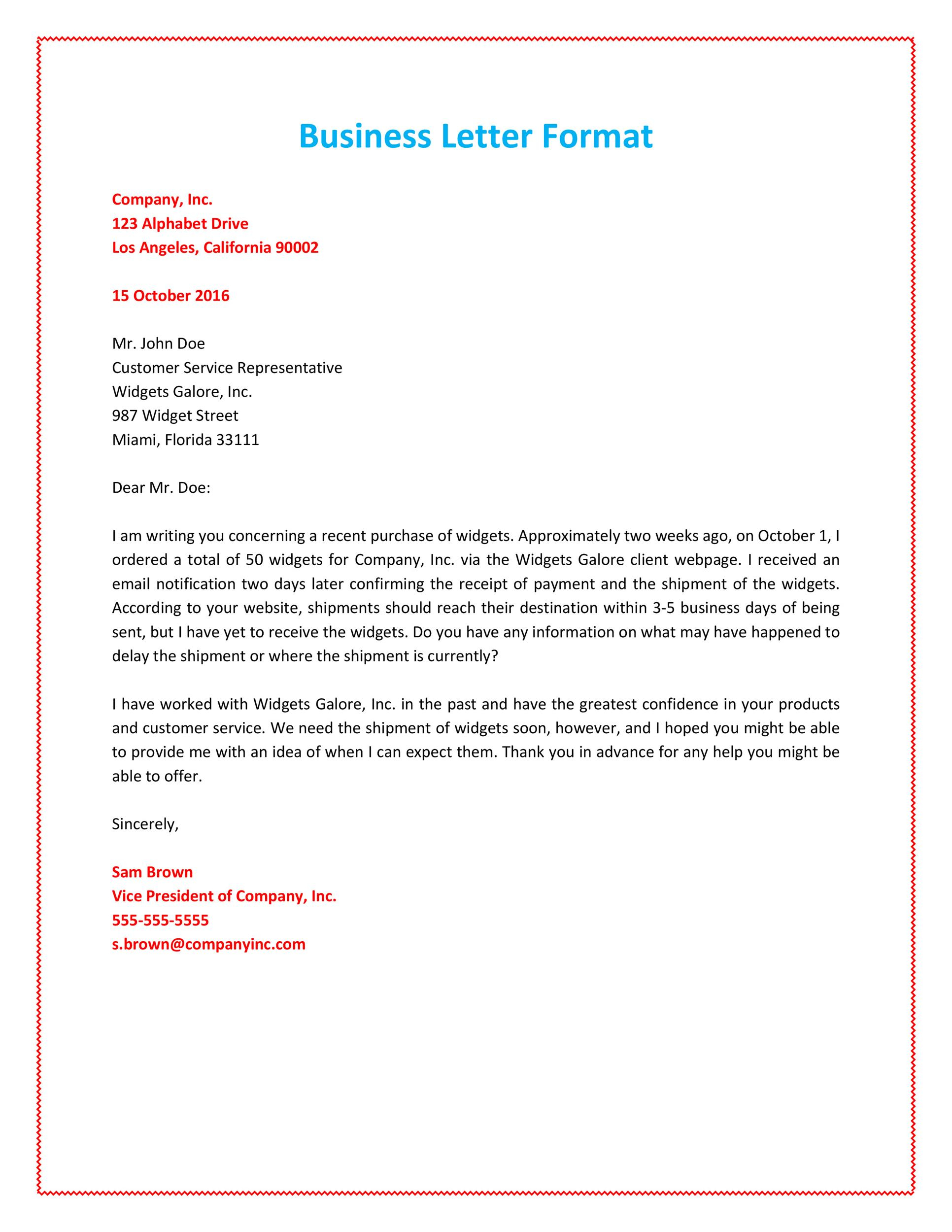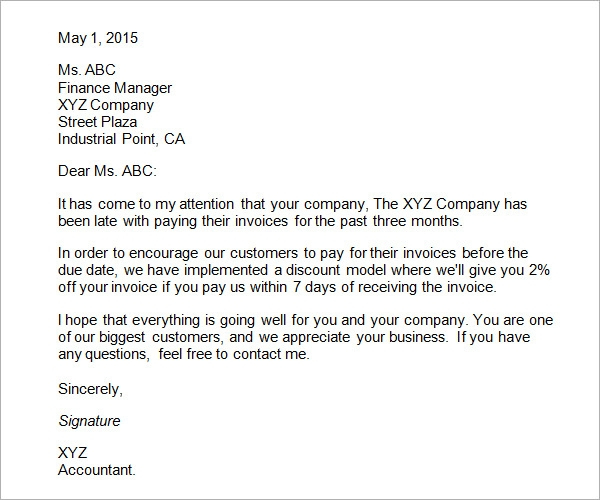How To Start A Business Letter Examples – What’s Business Letter Format? A business letter is generally an formal letter created by one business to another, whether their customers are their own or other third parties in addition to their customers or their audiences. The format of letter is greatly dependent on the relationship between those who are involved. The format of formal business letters will differ from the one used to notify the family member or friend of an occasion. A simple thanks note may be written in any manner that you like. It is crucial to be sure that the format you choose to use is easy to comprehend and read, and, most importantly, effective.
How To Start A Business Letter Examples, The format of business letters may be complex because individuals are accustomed for writing letters formal in which there is little movement, and your body of the letter usually contains four line areas instead of the usual 5. This means you might have to go away 4 line spaces at to the bottom, top, and on the side of the letter, as and in the end. To make up for this you can add an signature line, or perhaps place your individual information at the bottom of the page, as you would on a resume. In writing your signature line, however, please keep it short and succinct so as not to distract the person reading it from what you’re telling them. Remember, people who reads your letter to consider it to be serious, so make sure to say everything you need to in just the right amount of space.
Another typical error made by those who write an official letter would be to include the same info much more than as soon as. For instance, let’s say you will find three paragraphs to your letter, and then it becomes very confusing and hard to know. It is best to split the content into three distinct paragraphs, or perhaps choose a font that is more easy to read. An additional problem that can be encountered when writing business letters is that they include the same info over and over again, such as the introduction and the closing. Don’t try to do this. It could look messy and appear as if you were not paying attention to what you were writing about. Following is an example of How To Start A Business Letter Examples.
How To Start A Business Letter Examples
Business Letter Format is Divided Into Sections
Details of Your Contact Information
- Your First and Last Name;
- Your Company’s Name Your Position;
- Your Mailing Address Includes Your City, State, And Zip Code;
- Your Phone Number And Email Address Are Required Fields.
Date
The date you’re writing your letter
Name and Address of the Recipients
Their Name, Title, Company, Address, State, And Zip Code Of The Company’s Headquarters.
The Salutation Is An Official Greeting
- If you’re unsure whom you’re writing to, you may choose “To Whom It May Concern” as an alternative.
- If you don’t know your recipient who is going to receive your letter, use the formal greeting “Dear Mr./Ms./Dr. [Last Name].”
- You should only address the receiver as “Dear [First Name]” in the event that you have a relationship with them.
The Body of the Letter
- Single-spaced lines should be used throughout, with extra spaces between paragraphs after greetings, and over the conclusion.
- Your letter should be substantiated on to the left (against the left margin).
Salutation At The Conclusion Of The Letter
Limit your closing paragraph to less than two sentences. Just reiterate the reason you are writing and express gratitude to the reader for taking the time to think about your request. A few excellent options for your final sentence are:
- Respectfully yours
- Yours sincerely
- Cordially
- Respectfully
If you want for your correspondence to appear seem less formal, you can try using the following style:
- All the best
- Best
- Thank you
- Regards
Four spaces are left between the conclusion of your closing and your complete Name, Title, telephone number and email, and any other contact information you would like to include.
You can see an example of How To Start A Business Letter Examples in the picture of the text.



